Song jeong Historic House (송정고택)
17.1Km 2024-12-20
15-1 , Songsogotaek-gil, Cheongsong-gun, Gyeongsangbuk-do
+82-54-873-6695, +82-10-3891-2622, +82-10-8746-6690
Songjeong Old House in Deokcheon Village, Cheongsong-gun, Gyeongsangbuk-do, is an ‘ㅁ’-shaped hanok and one-time home of Sim Sang-gwan, a wealthy gentleman of the early 20th century. The house is notable for its incorporation of the library used by Shim Sang-gwang. To the right is Songso's house and to the left a trail leading to a water well and a pine forest. The Korean-style rooms are ondol-heated with traditional wallpaper and natural cotton duvets. There’s a spacious yard where traditional Korean music can be heard, while the annual Old House music concerts are very popular.
Chalbanggong Head House (찰방공종택)
17.1Km 2024-12-20
23-8 , Songsogotaek-gil, Cheongsong-gun, Gyeongsangbuk-do
+82-54-873-6502, +82-10-9502-7611
Chalbanggong Head House, located in Cheongsong-gun, Gyeongsangbuk-do, was built in 1933 and is the head house of the 9th generation of Cheongsong Sim, Eun-gong Ak. Formerly used as a school, it is now a local cultural heritage centre. The U-shaped layout and the north gate are unique, and facing the entrance is the Songso Old House, comprising 99 rooms with traditional Korean wall paper and bedding. There is a wood-burning ondol room, a large yard, and a kitchen garden - a quiet, relaxing spot where you can hear only the sound of the wind and the birds.
House of Changsil (창실고택)
17.3Km 2024-12-20
39 , Songsogotaek-gil, Cheongsong-gun, Gyeongsangbuk-do
+82-10-5100-3684
Changsil Old House is a courtyard hanok in Cheongsong-gun, Gyeongsangbuk-do. It was built in 1917 by Sim Ho-taek of Songso as a home for his younger brother. The anchae (women’s house) and the sarangchae (men’s house) are arranged side by side, with the connected library and storeroom between them. Just inside the gate is a haengnangchae (servants’ quarters), and there is also a thatched hanok which is currently being rented out as a red clay room.
Uiseong Gounsa Temple (고운사 (의성))
17.9Km 2019-11-26
415, Gounsa-gil, Uiseong-gun, Gyeongsangbuk-do
+82-54-833-2324
Gounsa Temple lies on Deungunsan Mountain in Uiseong, Gyeongsangbuk-do, and was built by Monk Uisang in 681 during the reign of King Sinmun of the Silla Kingdom. Although the pronunciation of the name was never changed, its meaning slightly changed from “High Cloud Temple” to “Solitary Cloud Temple” after Choi Chi-won, a renowned scholar in the late Silla Period, helped to build two pavilions (Gaunru and Uhwaru) and renamed it. It is Branch Temple No.16 of the Korean Buddhist order, Jogyejong, and manages temples in Uiseong, Andong, Yeongju, Bonghwa, and Yeongyang.
Befitting its meaning, the temple is surrounded by outstanding scenery on Deungunsan Mountain, meaning “Riding on the Clouds.” Quite isolated from villages, the temple is a very quiet, serene place.
Gounsa Temple is home to one of the most cherished pieces of architecture, Gaunru Pavilion (“Floating over the Clouds”). This elegant pavilion is propped up by wooden columns, which are, in turn, supported by foundation stones. It looks as if the pavilion placed its feet in the water while standing.
Among the many buildings comprising the temple complex, Yeonsujeon Hall is a unique building that was built to store Eocheop (the genealogical record of royal families) in 1774 (20th year of King Yeongjo). As a royal building, it shows the Confucian architectural style, different from other Buddhist buildings within the temple.
Juwangsan Mountain Seongcheondaek
18.0Km 2021-04-09
12, Seodang-gil Cheongsong-eup, Cheongsong-gun, Gyeongsangbuk-do
+82-10-6711-6427
Seongcheondaek House with about 300 years' history is an old hanok guesthouse located in Cheongun-ri at the entrance to Juwangsan Mountain, which can be reached by driving along Yongjeoncheon Stream from Cheongsong County in Gyeongsangbuk-do. With the tranquil surrounding atmosphere among houses in the alley, the house features a typical square-shaped structure of the mountain region.
Seongcheondaek House is presumed to have been bought by Im Chun-seop, a high-ranking official during the reign of King Gojong (r. 1863-1907) of the Joseon Dynasty, but its exact construction date is unknown. It was designated as National Folklore Cultural Heritage No. 172 in 1984.
This cozy hanok house consists of the main gate with straw-thatched roof, square-shaped Anchae (Women’s Quarters), middle gate, Sarangbang (master’s room), tea room, old stable, Daecheongmaru (hall between rooms) overlooking the courtyard with beautiful scenery, and so on. In particular, guests can enjoy a romantic atmosphere from Daecheongmaru by appreciating the scene of falling raindrops or melting snow from the edges of the eaves.
The Munganchae (gate building) consisting of a bathroom and a kitchen has a straw-thatched roof and a renovated interior for the guests’ convenience. The square-shaped Anchae is composed of two guestrooms (Sarangbang and Anbang) and a reading room (Utbang). The rooms feature a traditional construction style with cozy and clean interior items including a small wooden table as well as clean beddings. In addition, a kitchen is situated in front of Anbang, displaying traditional kitchen appliances including a fireplace and two large iron pots, unlike a modern-style kitchen in Munganchae. Daecheongmaru of Anchae offers an open view of the outdoor landscape through two large wooden windows. In addition, a deep groove in the middle of the yard in front of Daecheongmaru catches one’s eyes. The groove is said to have been made due to the rubbing of the foot on the ground when weaving hemp cloth hundreds of years ago.
Guests can enjoy relaxation both during daytime and nighttime under a starry sky in the yard where a small wooden bedstead and a stone table are situated. Moreover, the house provides folk games such as neolttwigi (Korean see-sawing game) and tuho (pitch-pot) as well as the family art therapy program wherein family members can understand each other better through a painting and drawing activity. Surrounding tourist attractions include Juwangsan National Park and Jusanji Reservoir.
Seobyeok Historic House (서벽고택)
18.5Km 2021-11-01
22-2, Jungdeul 2-gil, Cheongsong-gun, Gyeongsangbuk-do
+82-54-870-6247
Located in Jungpyeong-dong at the family village of the Pyeongsan Sin clan, the Seobyeok Historic House was originally created when Sin Hanchang, a scholar from late Joseon dynasty, got married and moved out of his parents’ house. The house was expanded by Sin Chigu in 1739. The house and is built in a rectangular shape with 6 kan (traditional Korean measurement; space between two pillars) in the front, 4 kan on the sides and a courtyard in the middle.
Head House of Pansagongpa Branch of Pyeongsan Sin Clan (청송 평산신씨 판사공파 종택과 분가 고택)
18.6Km 2021-12-08
16, Jungdeul 2-gil, Cheongsong-gun, Gyeongsangbuk-do
+82-54-870-6247
Located in Cheongsong-gun, Gyeongsangbuk-do Province, Head House of Pansagongpa Branch of Pyeongsan Sin Clan is the head house of the noble Pyeongsan Sin family line. The house was created by Sin Han-tae during the reign of King Sukjong (1674-1720) of the Joseon dynasty. Since its construction centuries ago, the house has been inhabitated by the descendants of Sin Deuk-cheong, the 15th eldest grandson of General Sin Sung-gyem. This house has all of the features of an upper–class house of the Joseon period. The buildings of the house are built in a rectangular shape, with the courtyard in the center. The compound consists of Soteuldaemun (high-rising gate), Haengrangchae (servants’ quarters located next to the gate), Gotgan (storeroom in which grain and other items were stored), Anchae (room for the female family members) and a pavilion.
Uiseong Soudang[Korea Quality] / 의성소우당[한국관광 품질인증]
18.8Km 2024-10-30
55 , Sanunmaeul-gil, Uiseong-gun, Gyeongsangbuk-do
+82-54-834-7762, +82-10-5246-7762
Located in Sanun Village, Geumseong-myeon, Uiseong-gun, Gyeongsangbuk-do, Soudang is a traditional hanok and a National Folklore Cultural Heritage situated between Geumseongsan Mountain on its backside and the Changideul Plain stretched on its front side. Soudang consists of anchae (main building), sarangchae (detached building), daemunchae (gate building), and byeolchae (annex) as well as gardens, especially with ponds and small forests, which are renowned for their beauty. There are six guest rooms located in the Sarangbang (study), Anchae, and Byeoldang (annex), and some are equipped with modern bathrooms. At a glance, Byeoldang offers a beautiful garden that is reminiscent of a landscape painting.
Cheongsong Apple Festival (청송사과축제)
18.9Km 2025-07-11
269 Geumwol-ro, Cheongsong-eup, Cheongsong-gun, Gyeongsangbuk-do
+82-54-873-3686
The Cheongsong Apple Festival is held in autumn when the renowned Cheongsong apples, called a “masterpiece crafted by nature,” are at their peak. The festival celebrates the joy of a bountiful harvest, sharing the delicious taste and nutrition of Cheongsong apples through various enjoyable and educational activities.
Mancho Gotaek [Korea Quality]만초고택[한국관광 품질인증]
19.0Km 2023-10-30
48, Geumsojungang-gil, Andong-si, Gyeongsangbuk-do
+82-10-5191-3697, +82-10-3057-2223
The 150-year old Mancho Gotaek (Old House) in Imha-myeon, Andong, Gyeongsangbuk-do, was the home of Mancho Im Dong-han, a Joseon courtier at the court of King Gojong, and is an Andong cultural heritage asset. With a mountain behind and a stream flowing in front of it, this was a perfect spot for a house according to Korean pungsu (feng shui). Guestrooms comprise a sarangbang, small room, larger room, and loft room, all ondol-heated. Nearby must-visit places include the Geumso Ecological Park and Andongpo Village where Andong hemp is made.

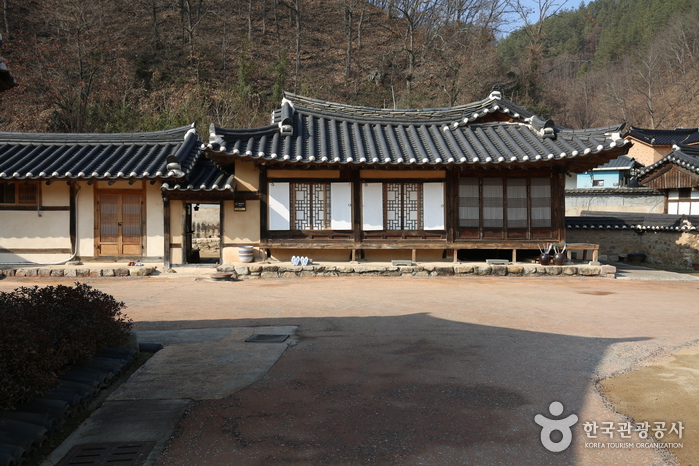
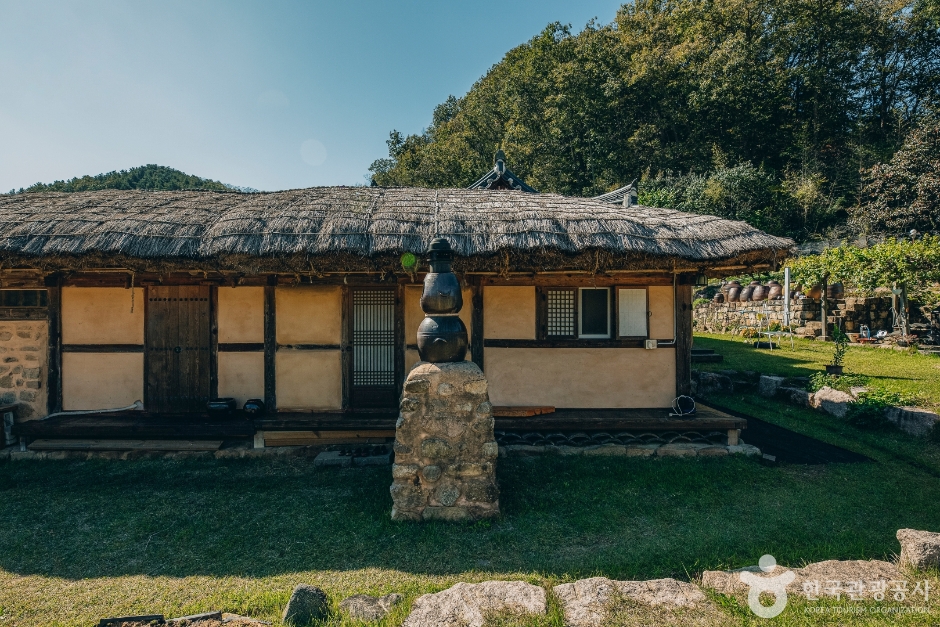
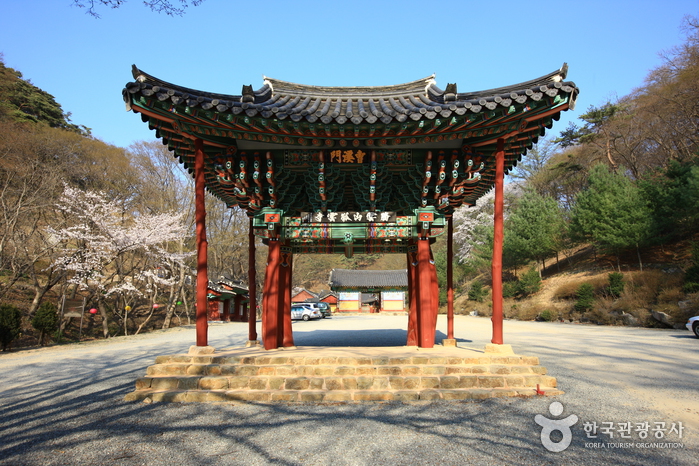
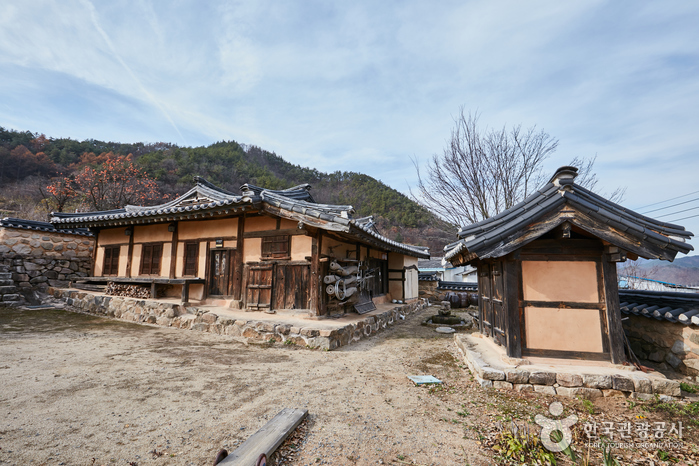
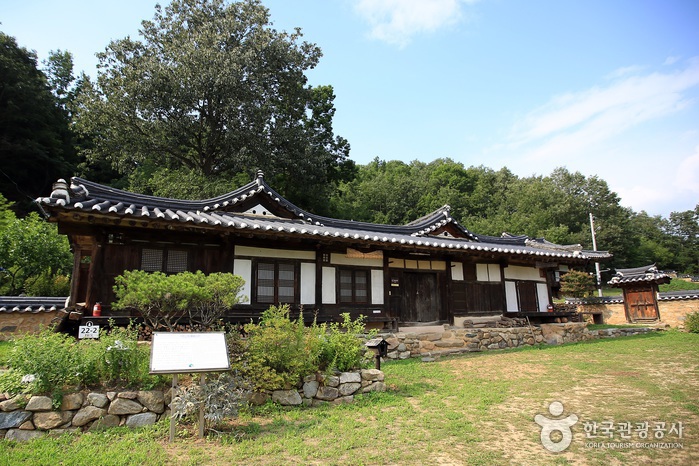
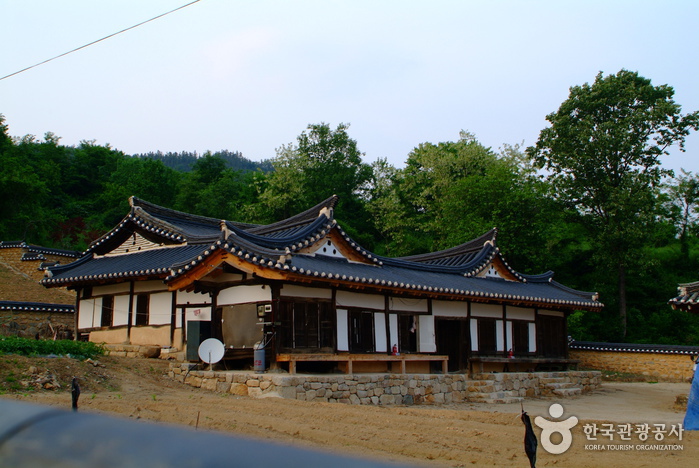
![Uiseong Soudang[Korea Quality] / 의성소우당[한국관광 품질인증]](http://tong.visitkorea.or.kr/cms/resource/13/2804313_image2_1.jpg)
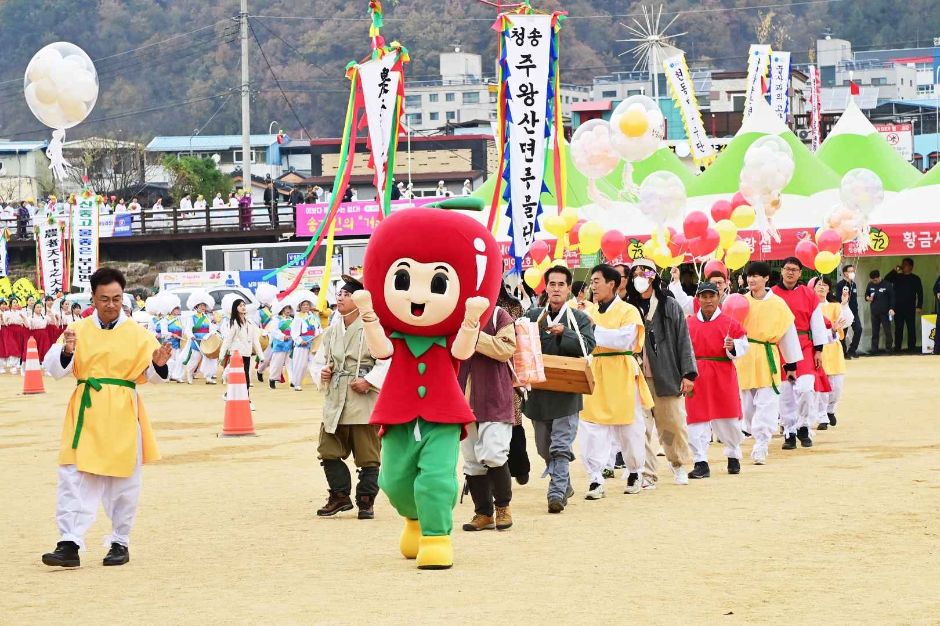
![Mancho Gotaek [Korea Quality]만초고택[한국관광 품질인증]](http://tong.visitkorea.or.kr/cms/resource/05/3022005_image2_1.jpg)
 English
English
 한국어
한국어 日本語
日本語 中文(简体)
中文(简体) Deutsch
Deutsch Français
Français Español
Español Русский
Русский